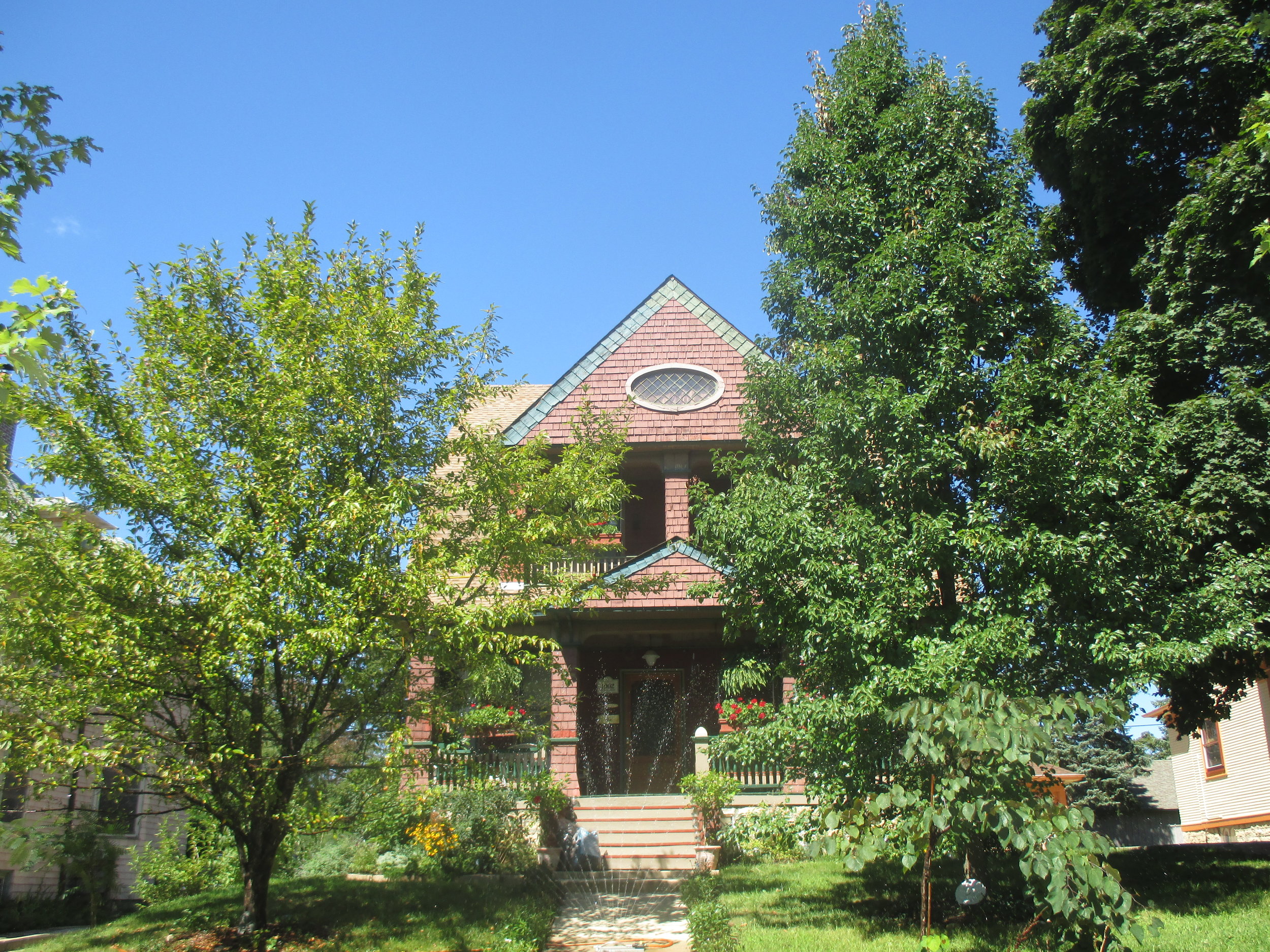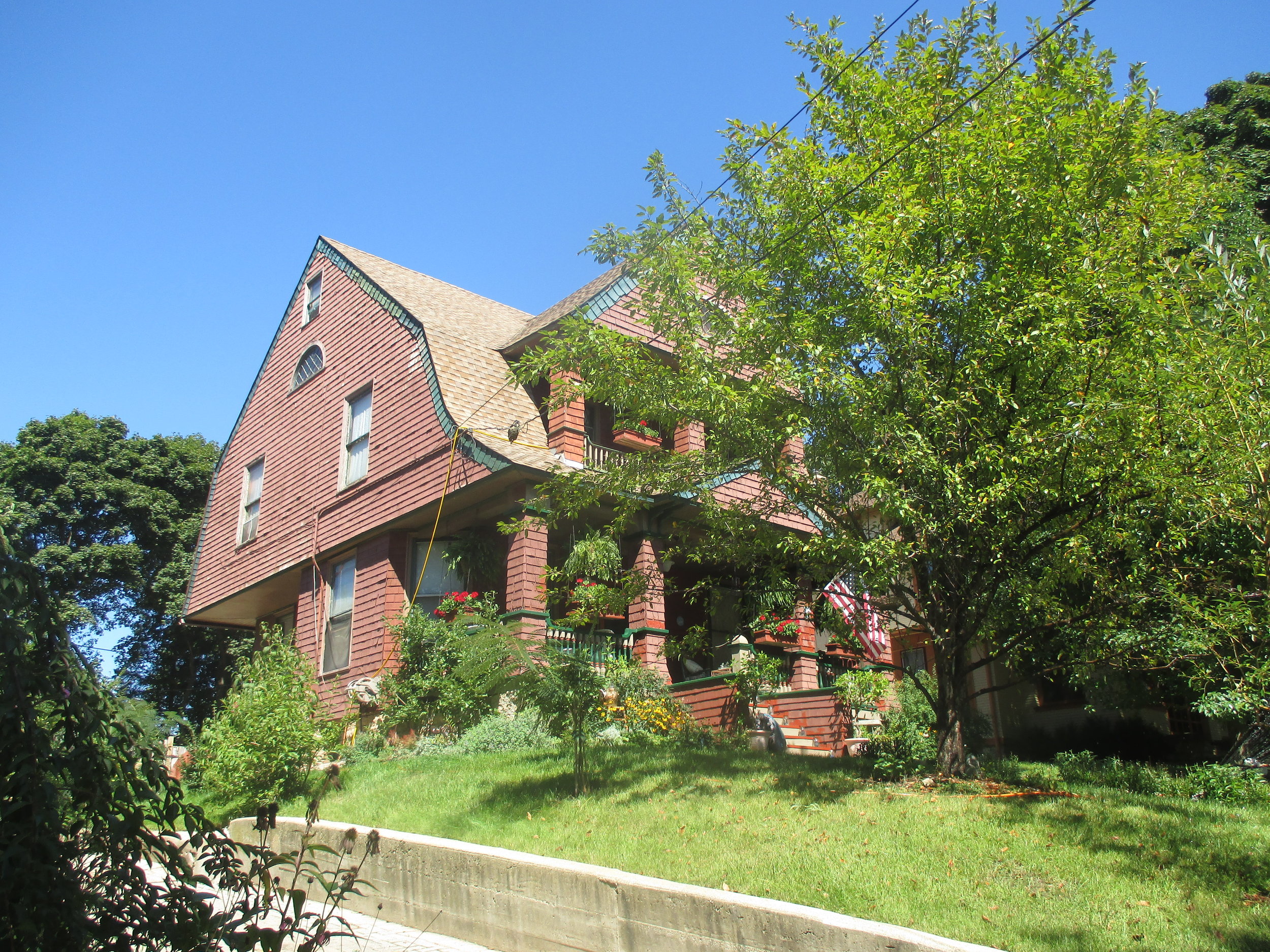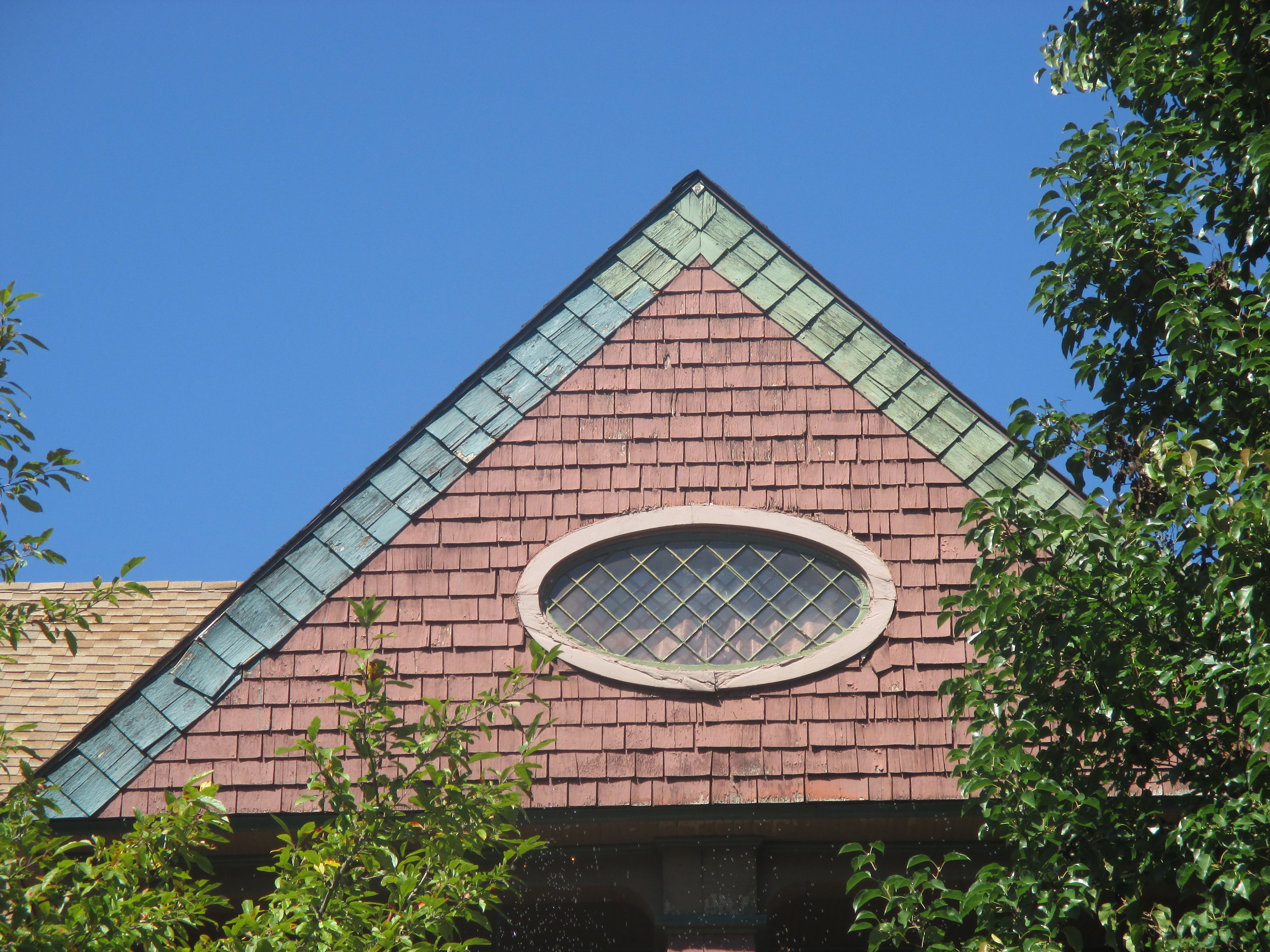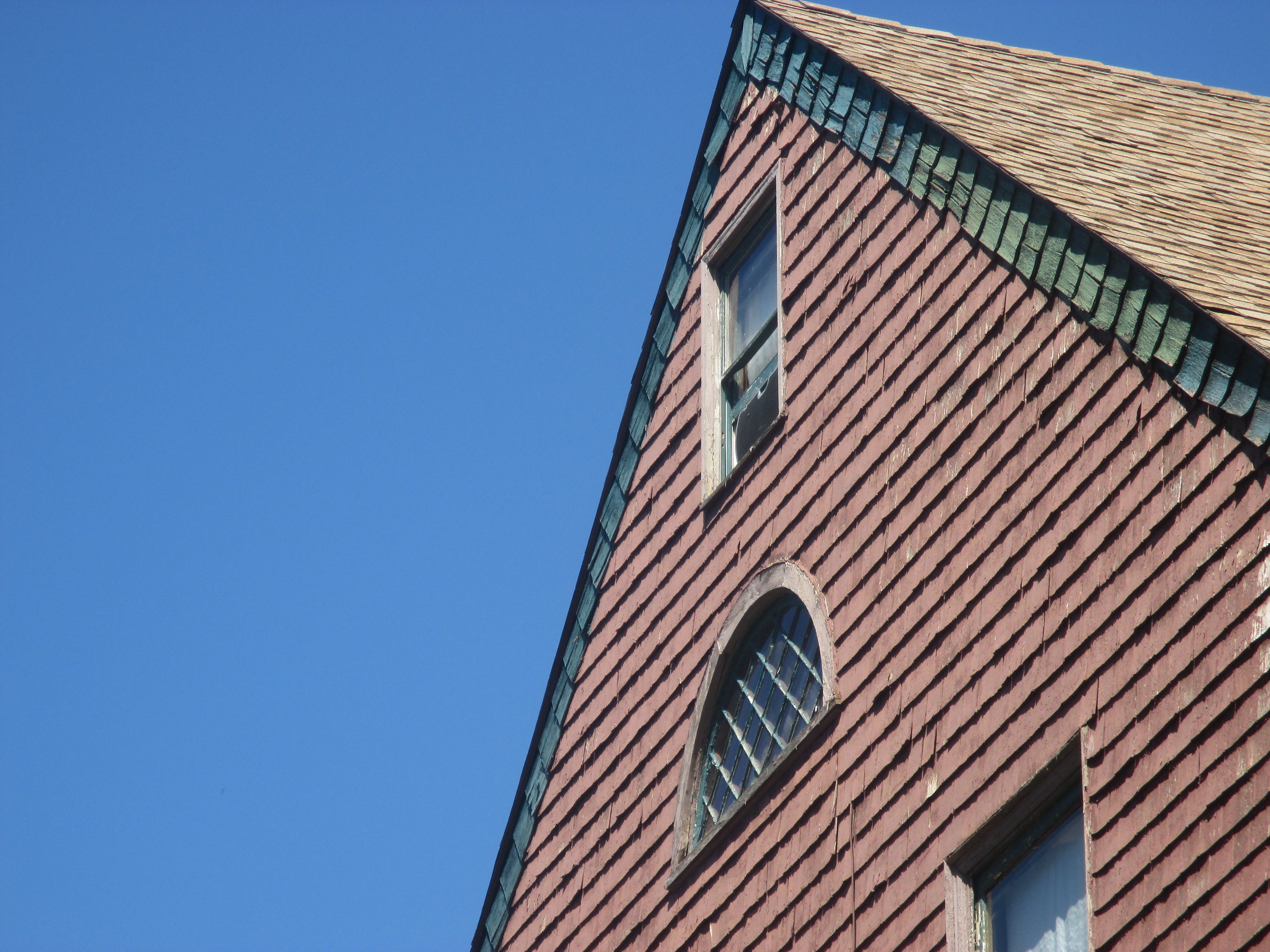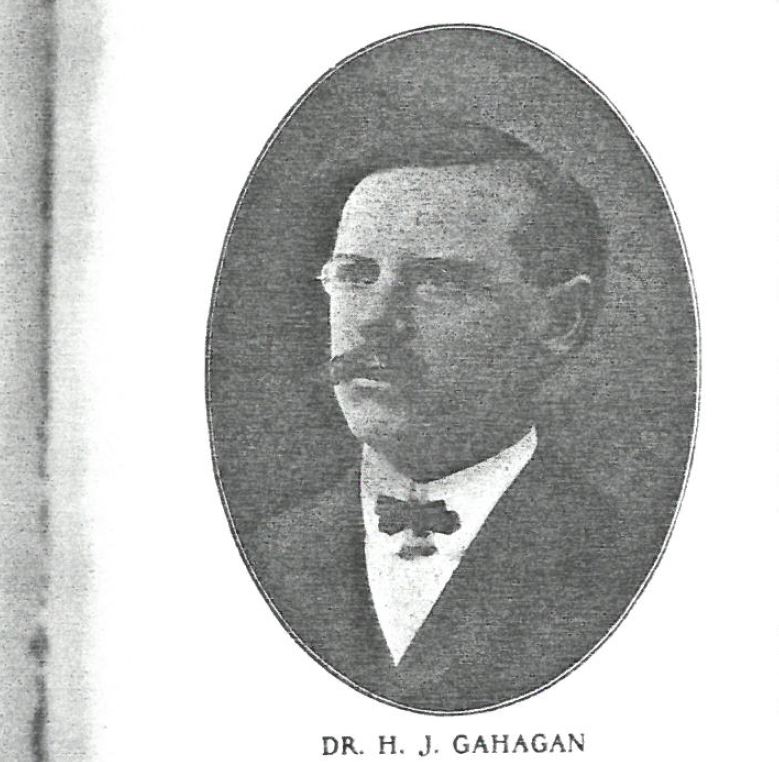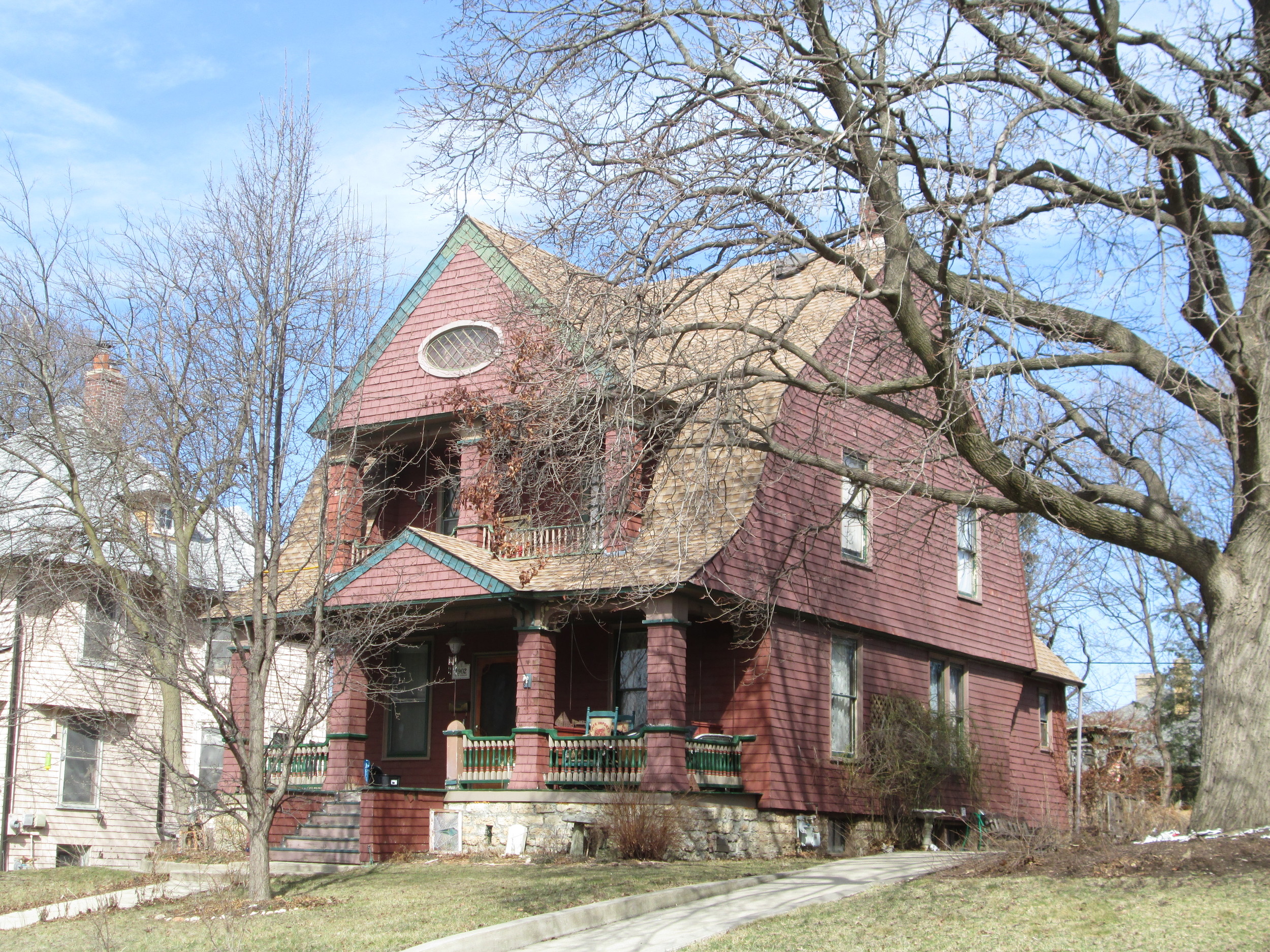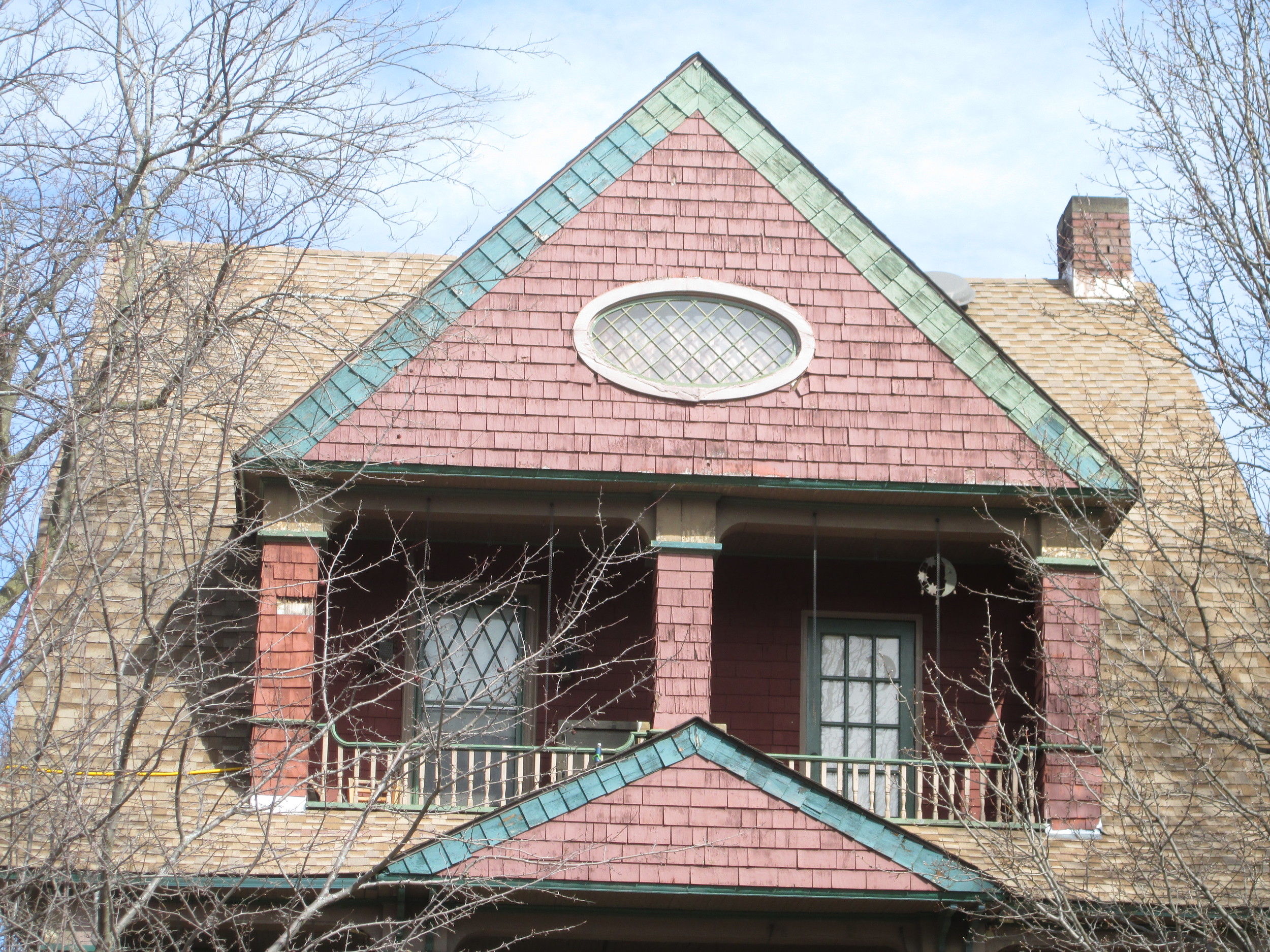416 FULTON STREET
HISTORIC SIGNIFICANCE
416 Fulton Street was built for Dr. Henry J. Gahagan and his wife, Della (Cullen), in 1902 for $3,500. Gahagan was a skilled physician and surgeon and was Elgin's City Physician for several years with his office located in the Sherwin Building. Gahagan was also the president of the Fox Valley Medical Association, and maintained memberships in numerous professional and fraternal organizations. In 1914, Dr. Gahagan was appointed the superintendent of Illinois Northern Hospital for the Insane (more commonly known now as the Elgin Mental Health Center). Dr. Gahagan was known to be an outstanding doctor and citizen that he soon outgrew Elgin, and by 1919, he and his family had moved on to Chicago.
ARCHITECTURAL SIGNIFICANCE
416 Fulton Street is of the Shingle Style. The Shingle Style evolved out of the Queen Anne in the last decade of the 19th century and became an integral part - and the liveliest manifestation - of the Colonial Revival. Dr. Gahagan's house features a Colonial Revival Dutch Gambrel roof, whose sweeping curve projects toward the street to cover a full-width porch. The absence of projecting eaves and the shingle sheathing combine to present a massive, unified exterior volume with a deeply recessed porch, and a second-story "parade balcony" that appears to be carved into the main volume of the house. The sculptural effect is dramatized on the west elevation as the stair parlor bay cuts in deeply beneath the overhanging second floor gambrel. he utility of the gambrel shape manifests itself in the roomy hall and four large second floor bedrooms. The diamond-shaped window panes set in a large oval window mark the dominant gable of the second floor porch, unifying the wall surface and contributing to the monumental quality of the elevation. The first floor porch columns swell at their base, like elephant's feet standing firmly on the heavy rough cut limestone foundation, and complete the image of stability and security, comforting to both family members and doctor's patients alike.
TIMELINE OF PREVIOUS OWNERS
Sources: 1993 Heritage Plaque Application; Audio: TextAloud


